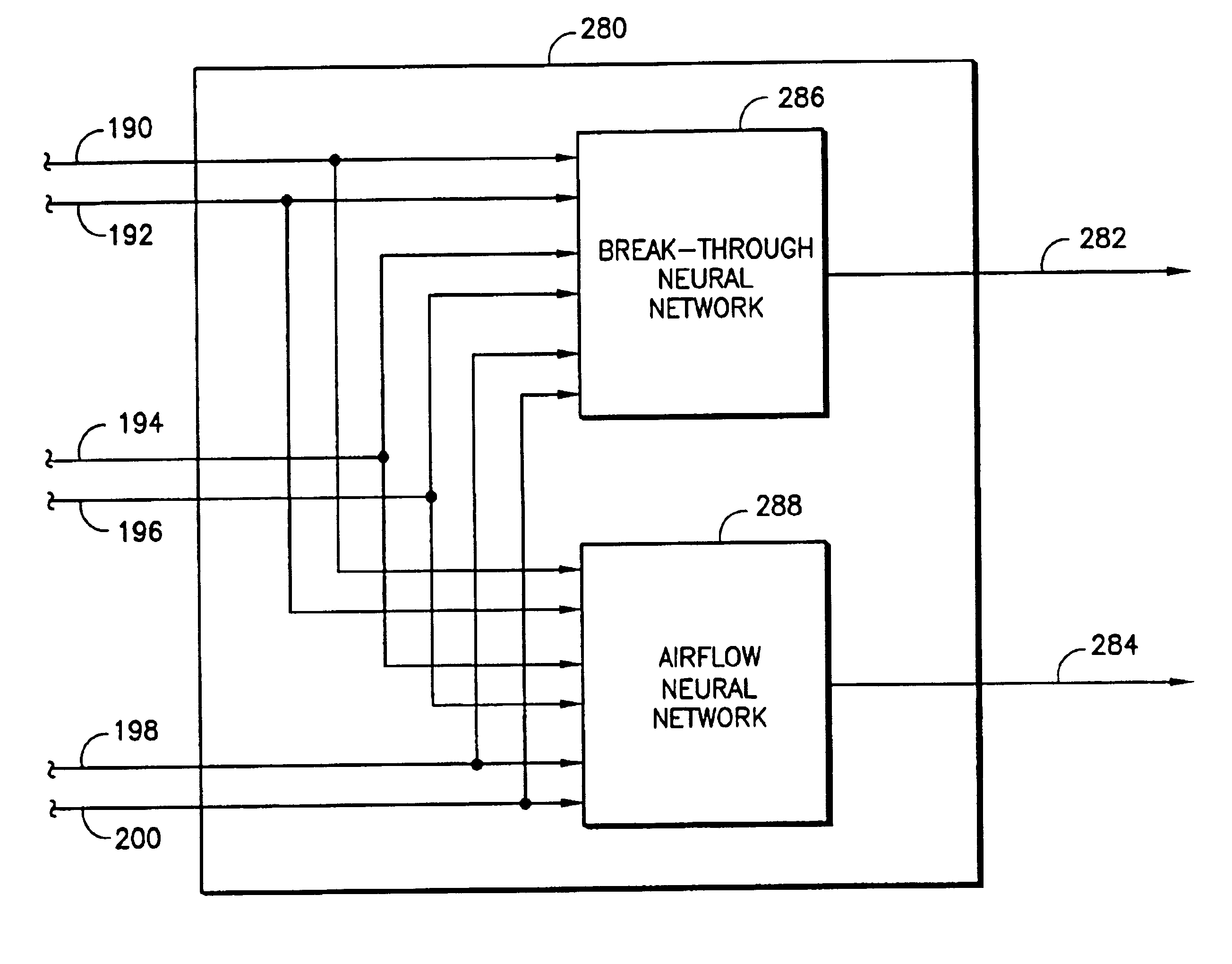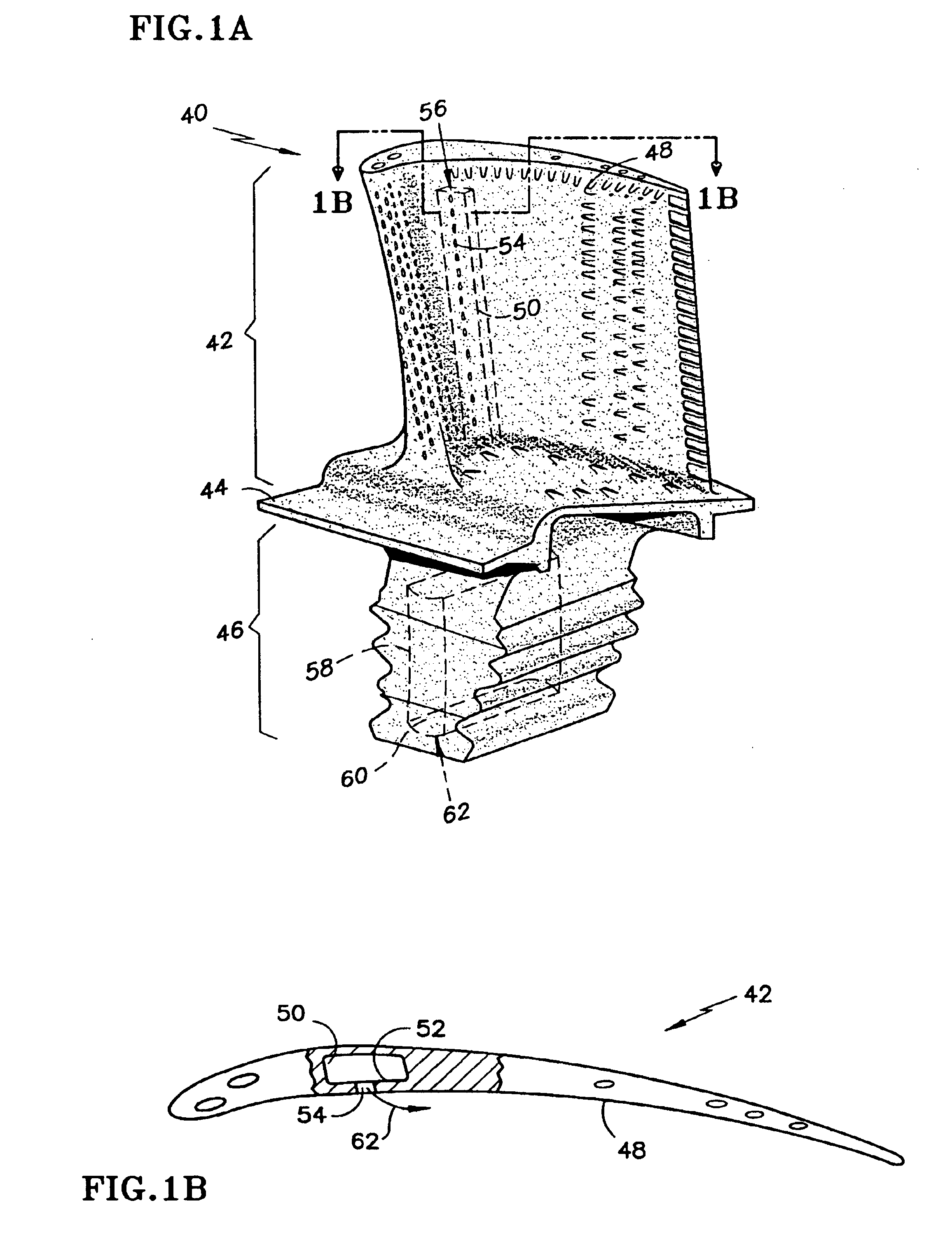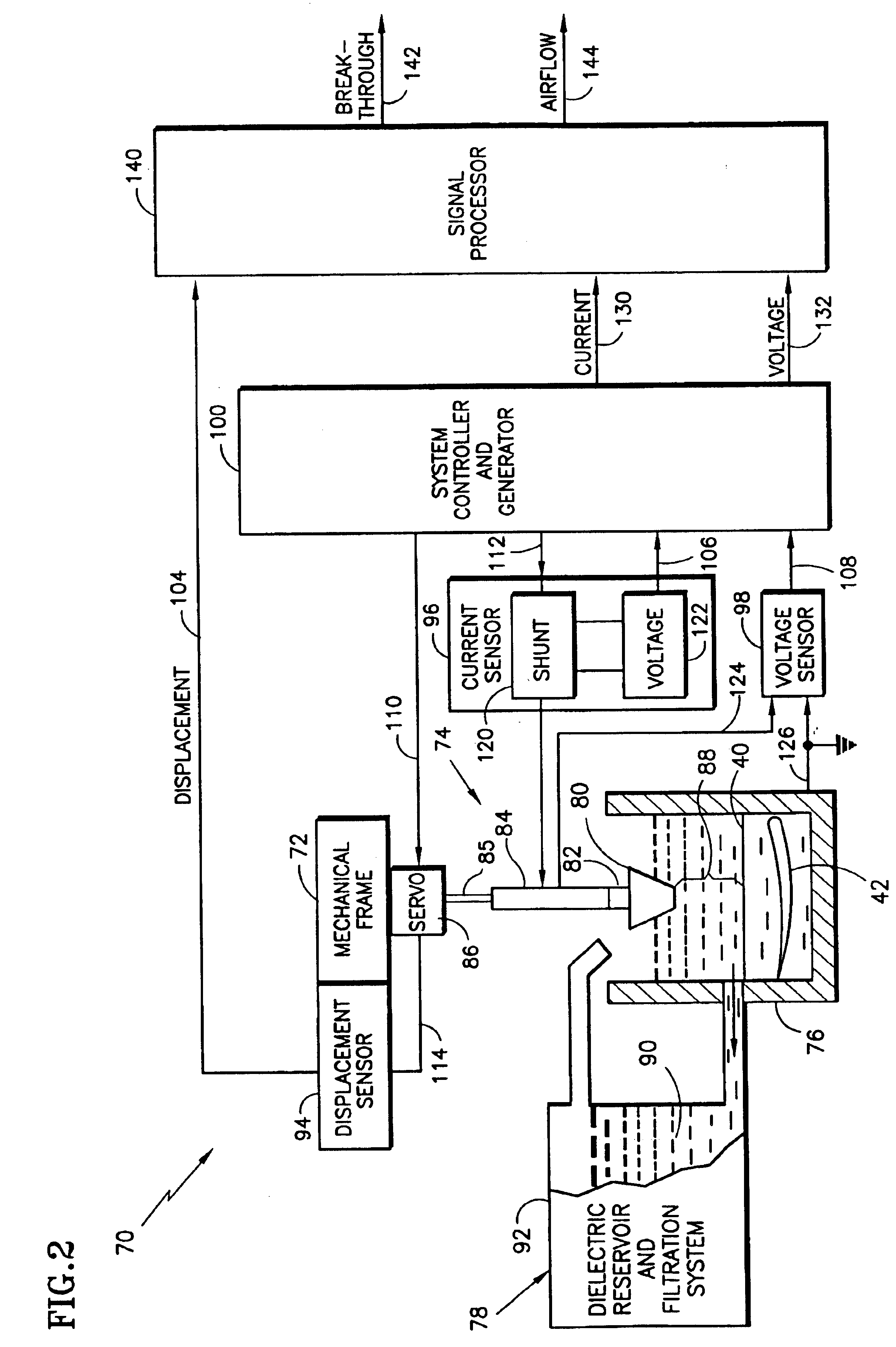Method and apparatus for predicting a characteristic of a product attribute formed by a machining process using a model of the process
a technology of machining process and product attribute, applied in the direction of process and machine control, adaptive control, instruments, etc., can solve the problems of crater in the workpiece, significant temperature rise, localized melting of the workpiece material, etc., to reduce the need for conventional inspection, reduce the need for time, and reduce the effect of cos
- Summary
- Abstract
- Description
- Claims
- Application Information
AI Technical Summary
Benefits of technology
Problems solved by technology
Method used
Image
Examples
Embodiment Construction
The present invention is directed to providing a prediction of a characteristic of an attribute resulting from a process. To accomplish this, some embodiments of the present invention may make use of artificial neural networks, although the invention is not limited to such.
The present invention is described in relation to a best mode embodiment for use in predicting break-through and airflow characteristics of cooling passages resulting from an EDM process carried out on a gas turbine engine blade of the type illustrated in FIGS. 1A, 1B. The turbine blade 40 has airfoil 42, a platform 44, and a root 46. The airfoil 42 has an exterior surface 48, an internal cavity 50, and an interior surface 52 (FIG. 1B) bounding the internal cavity 50. The airfoil further includes a plurality of passages 54, which may be disposed in one or more rows 56 in flow communication with the internal cavity 50. The root 46 has a channel 58 (FIG. 1A) having an inlet portion 60 in flow communication, through ...
PUM
| Property | Measurement | Unit |
|---|---|---|
| Electric potential / voltage | aaaaa | aaaaa |
| Distance | aaaaa | aaaaa |
| Displacement | aaaaa | aaaaa |
Abstract
Description
Claims
Application Information
 Login to View More
Login to View More - R&D
- Intellectual Property
- Life Sciences
- Materials
- Tech Scout
- Unparalleled Data Quality
- Higher Quality Content
- 60% Fewer Hallucinations
Browse by: Latest US Patents, China's latest patents, Technical Efficacy Thesaurus, Application Domain, Technology Topic, Popular Technical Reports.
© 2025 PatSnap. All rights reserved.Legal|Privacy policy|Modern Slavery Act Transparency Statement|Sitemap|About US| Contact US: help@patsnap.com



